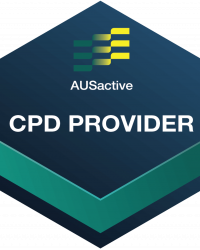Mat Repertoire
Abdominal Work:
Pike
Alternate Names
Up Stretch, Yoga Downward Dog
Derived From
Classical Reformer: Up Stretch or Mat Pilates: Pike
Primary Element
Strength
Why for Primary?
Inverted torso stabilisation and extensor lengthening
To create and develop strength in the transversus abdominis muscles.
Secondary Element
Mobility
Why for Secondary?
To create mobility at the hip and shoulder joints and work to engage the transversus abdominis.
Tertiary Element
Stability
Why Tertiary?
To create torso stability by engaging and strengthening the transversus abdominis or low abdominal muscles.
Repetitions
8-10
Plane of Motion
Sagittal
Targeted Muscles
The shoulder flexors as the arms are pressing into the Mat
- Anterior and Middle Deltoids
- Pectoralis Major
- Biceps Brachii
The abdominal muscles keep the torso in the same position throughout, and the transversus abdominis to assist in stabilizing and tucking the pelvis posterior.
Warnings
This exercise may be unsuitable for clients where abdominal engagement is contraindicated or creates pain, or where a client is unable to stand with their head downwards.
Execution
Start four-point kneeling (or in quadruped position) on the Mat. Bring the body weight forward into the arms keeping the shoulders up and back and collar bones wide. Step one foot back at a time into a plank position, maintain a posterior pelvic tilt throughout and push the heels back flexing the feet. Inhale to lift the tailbone towards the ceiling, pressing the chest downwards aiming to keep the ears in line with the biceps or upper arms. Exhale to engage the transverse abdominis and tuck the pelvis posterior before transferring the body weight forward into the stat position.
Observations
Do a body scan of the client taking note of the following points
- Head and Neck
- Is the back of the neck long and crease-free? A slight retraction of the neck with the chin tucked can help avoid straining the neck forward and up when coming back into the plank or start position
- Pelvis
- Are the hip bones even horizontally or is the client leaning to one side?
- Is the client about to keep a posterior tilt throughout with engagement of the abdominals? Look for the rib cage popping forward, ideally, it is kept down and in
- Arms
- Are the arms shoulder-width apart with the heels of the palms resting on the Mat?
- Are the arms straight throughout? A soft bend in the elbow is ideal but generally straight arms
- Legs
- Are the legs straight throughout? A soft bend in the knees is ideal but generally straight legs
Learning Style Technique Cues
Auditory – word associations that connect mind and body
- Aim for one long line of spine and neck, bending the knees if required
- Bias the pelvis towards a slight posterior tilt in order that you can avoid extending or arching the lumbar spine
- Say the client’s name when you’re about to interact with them
Visual
- Imagine the shoulders and hips as the hinge points moving the torso and legs forwards and backwards
- You may demonstrate a part of the movement as a visual representation for the client to see
Kinaesthetic
- Maintain stability in the shoulders and torso, engaging the low abdominals to move from pike to plank
- Feel the hinge at the shoulder joint and pelvis or hips
- Anchor the heels towards the Mat when in the pike position rather than staying on the toes
Modifications and Variations
Regress the exercise by
- Moving from the knees with a kneeling plank to prayer stretch movement instead
- Reducing the repetitions and/or pace
- Bending the knees if the hamstrings feel tight, or stepping back further on the Mat
Progress the exercise by
- Increasing the repetitions and/or pace
- Working on a single-leg variation with one leg extended back out behind the body throughout
- Progress into Abdominal Work: Push Up
- Progress into Reformer Long Stretch Series: Up Stretch
Client sore from loading into the wrists?
- Activating or connecting up into the shoulders can help
- Press through the heels of the palms
- Limit the repetitions or stay from 8 to 10 repetitions only
Series and Transitions
This exercise is part of the Abdominal Work series which includes a range of other exercises in the fundamental and progressive repertoire. The Abdominal Work series can also be found in the Reformer and Cadillac repertoire.
The traditional order of the Abdominal Work series is
- Single Leg Stretch
- Double Leg Stretch
- Hamstring Pull or Single Straight Leg Stretch
- Double Leg Lower (not included in the Inspired Academy repertoire, however a similar exercise can be found in the Reformer Feet in Straps: Double Leg Lowers)
- Criss Cross
Inspired Academy follows the order to create stability and mobility before building strength.
Warm Up repertoire
Fundamental repertoire
Progressive repertoire

